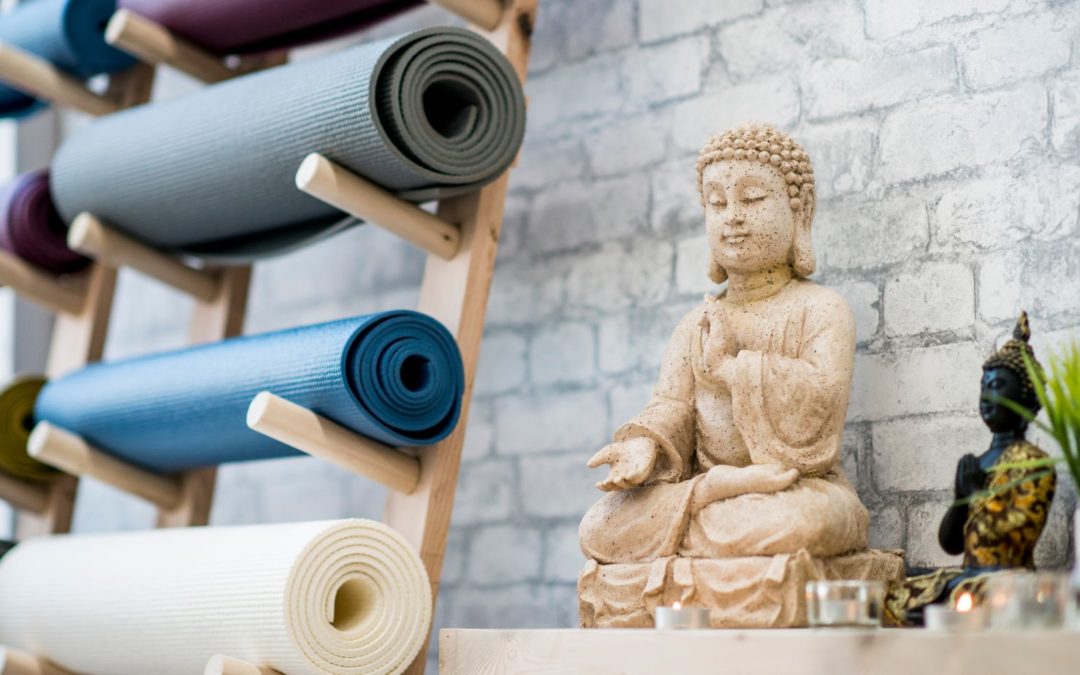With so many different types of yoga out there nowadays, it can be hard to keep them all straight! One yoga style that has reached distinctly popular heights in the last ten years has been heated styles of yoga. In fact, hot yoga has increased in popularity by over 700% in the last decade!
You may be wondering about the difference between heated and hot yoga. In this blog post, we will explore the benefits and drawbacks of each type of heated yoga class, so that you can make an informed decision about which one is right for your body!
What is Heated Yoga?
Heated yoga classes are becoming increasingly popular, as they offer a unique twist on the traditional yoga experience. These classes are typically set to a temperature of around 80-85 degrees Fahrenheit, which can help to loosen your muscles and allow you to achieve deeper stretches. Additionally, the heat can help to detoxify your body and even improve your circulation!
What is Hot Yoga?
Hot yoga classes are even hotter than heated yoga classes, with temperatures typically ranging from 95-100 degrees Fahrenheit, in addition to humidity levels of 40% or higher. Because of the extreme heat, hot yoga classes are not recommended for beginners. This can be a bit of a shock to the system if you’re not used to it, but many people find that it provides an intense workout that helps them to push their boundaries.
However, it’s important to be aware that hot yoga can be dehydrating, so make sure to drink plenty of water before and after your class.
So, which is right for you?
If you’re looking for a unique twist on the traditional yoga experience, heated yoga may be the way to go. However, if you’re looking for a more challenging workout, hot yoga may be a better option. Ultimately, the decision is up to you!
What are the Benefits of Heated and Hot Yoga Compared to Non-Heated Traditional Yoga?
There are a few key benefits of heated and hot yoga that set them apart from traditional yoga. First, the heat can help loosen your muscles right away, allowing you to get into deeper stretches and a tougher workout more quickly. The heat can help to detoxify your body and even improve your circulation!
Traditional non-heated yoga classes typically start out at a slower pace, to ensure that the muscles are stretched and prepped for the coming workout. In hot yoga, often times the challenge begins relatively immediately, so the chance for injury is greater. However, if you are careful and listen to your body, hot yoga can be an excellent way to push your boundaries!
Sun Rock Yoga Classes in St.George Utah
It’s important to listen to your body and know your body’s boundaries whenever trying a new yoga class. Never feel any pressure to go into poses that may make your body uncomfortable. At Sun Rock Yoga, we currently offer non-heated yoga classes to give the best and safest yoga experience for every body! Our Sun Rock Yoga classes focus on helping you feel your best by working with your body’s natural abilities.
Classes are taught by our certified yoga instructors, who will help you every step of the way from beginner to advanced Sun Rock Yoga poses. Located in St. George, Utah, our studio offers a variety of yoga classes to fit your schedule! We can’t wait to help you on your sun rock yoga journey!
Namaste, Sun Rock yogis!

